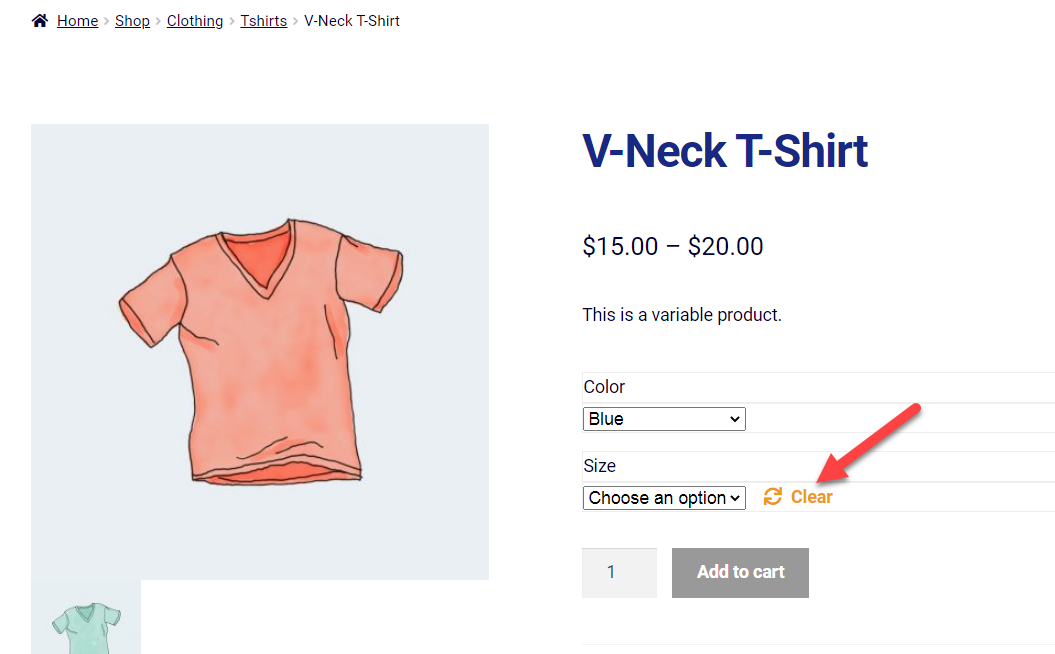
Not offering different payment options for your customers on your WooCommerce store is a call for a high cart abandonment rate and lost sales and customers.
Your store’s payment gateway has a direct impact on the customers’ buying decisions. Don’t take our word for it – statistics suggest missing payment methods is the reason for 7% of cart abandonments in eCommerce stores.
As a result, the more payment options you offer to your customers – the more sales you can win for your store.
Besides PayPal and credit cards – digital and UPI mobile payment options like Apple Pay and Google Pay are amongst the most popular and widely adopted payment methods by customers. Statistics anticipate that from 2021 to 2025 – the number of mobile proximity payment users in the United States to grow from 100 million to a whopping 125 million.
Thus, as customers become increasingly reliant on mobile payment solutions like Apple Pay and Google Pay – it’s important to integrate these payment options in your WooCommerce store to ensure high customer satisfaction.
So, in this article, we share the top ways to configure Google Pay and Apple Pay in WooCommerce. But first, let’s learn more about the benefits of this configuration for your store.
Continue reading WooCommerce: How to Enable Apple Pay and Google Pay


















